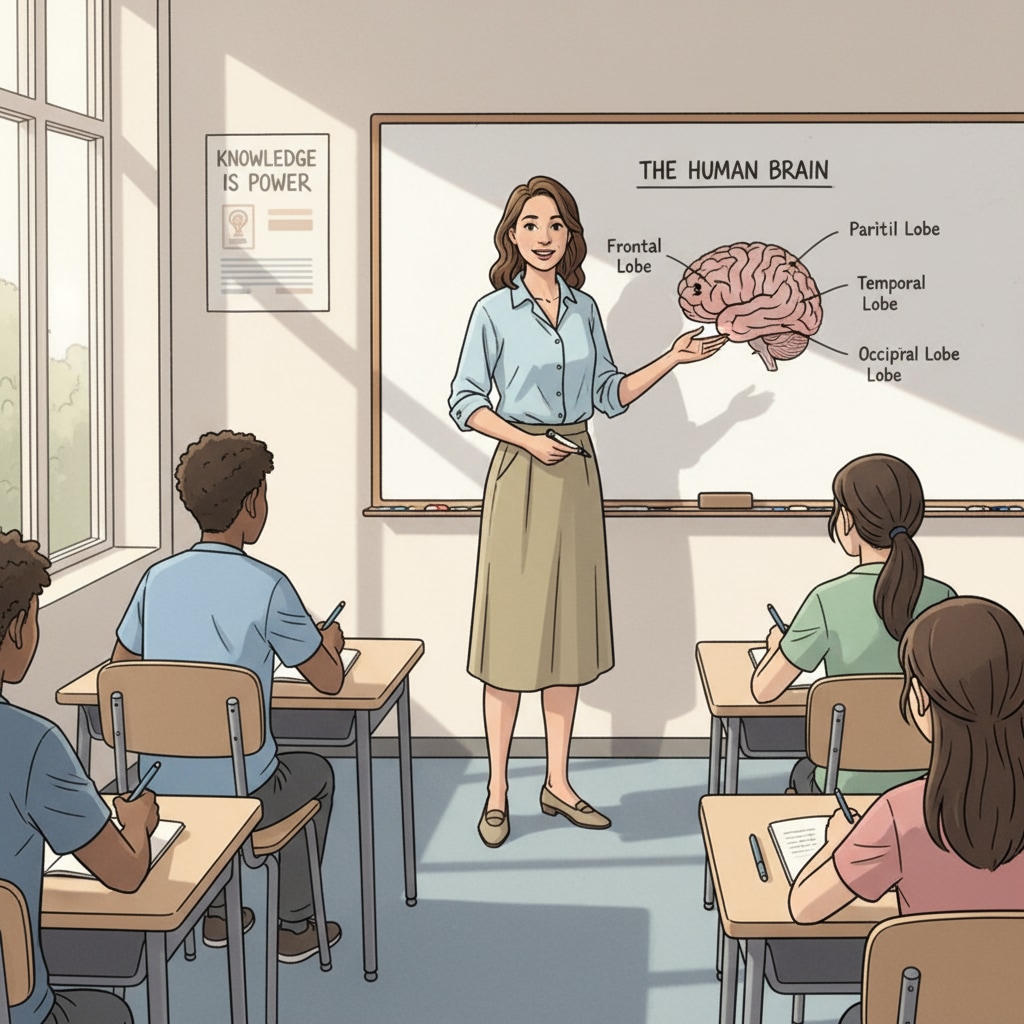In hot classrooms without air conditioning, teachers often face a difficult choice when it comes to dressing. The need to maintain a professional image while staying comfortable in sweltering conditions is a real challenge. This article will explore some practical solutions and offer useful dress suggestions for teachers in such situations.

The Dressing Dilemma in Hot Classrooms
For K12 teachers, the traditional professional dress code usually includes items like suits, blouses, and dress pants. However, in hot classrooms, these can quickly become uncomfortable. The heat can make fabrics stick to the body, cause sweating, and even lead to distractions during teaching. Teachers need to find a way to adhere to professional standards while also combating the heat. For example, wearing a heavy suit jacket in a stuffy classroom can be both physically and mentally draining. As a result, many teachers are left searching for alternative clothing options that are both appropriate and cool.
Seasonal Dress Suggestions
In the warmer months, lighter fabrics are key. Cotton is an excellent choice as it is breathable and absorbs moisture. A cotton blouse paired with a lightweight skirt or dress pants can be both professional and comfortable. Another option is linen, which is also highly breathable but may require a bit more care. For example, a linen dress in a neutral color can give a professional look while keeping the teacher cool. In addition, open – toed shoes or sandals (as long as they are appropriate for the school environment) can help with ventilation.

During the summer, teachers can opt for sleeveless or short – sleeved blouses. But it’s important to ensure that the neckline is appropriate and not too revealing. Some schools may have specific guidelines regarding this. Cardigans or light jackets can be kept on hand for when the air conditioning in other parts of the school is too strong. This way, teachers can adapt to different temperatures within the school building.
The Call for Improved Teaching Environments
While teachers can make the best of the situation with proper dressing, it’s also crucial for schools to take steps to improve the teaching environment. Installing air conditioning systems in classrooms can significantly enhance the comfort of both teachers and students. According to Education Week, a comfortable learning environment can lead to better academic performance. In addition to air conditioning, schools can also ensure proper ventilation in classrooms. This can help reduce the stuffiness and make the space more pleasant to be in.
In conclusion, teachers in hot classrooms without air conditioning face a unique dressing challenge. By making smart clothing choices and with the support of schools in improving the teaching environment, they can maintain their professionalism and well – being. It’s a combination of personal adaptability and institutional responsibility that will ultimately lead to a more comfortable teaching and learning experience. The National Education Association also emphasizes the importance of a conducive environment for educators.
Readability guidance: This article uses short paragraphs and lists to summarize key points. Each H2 section provides useful information and suggestions. The use of passive语态 is minimized, and transition words like ‘however’, ‘therefore’, ‘in addition’, ‘for example’, and ‘as a result’ are used to enhance the flow of the text.


